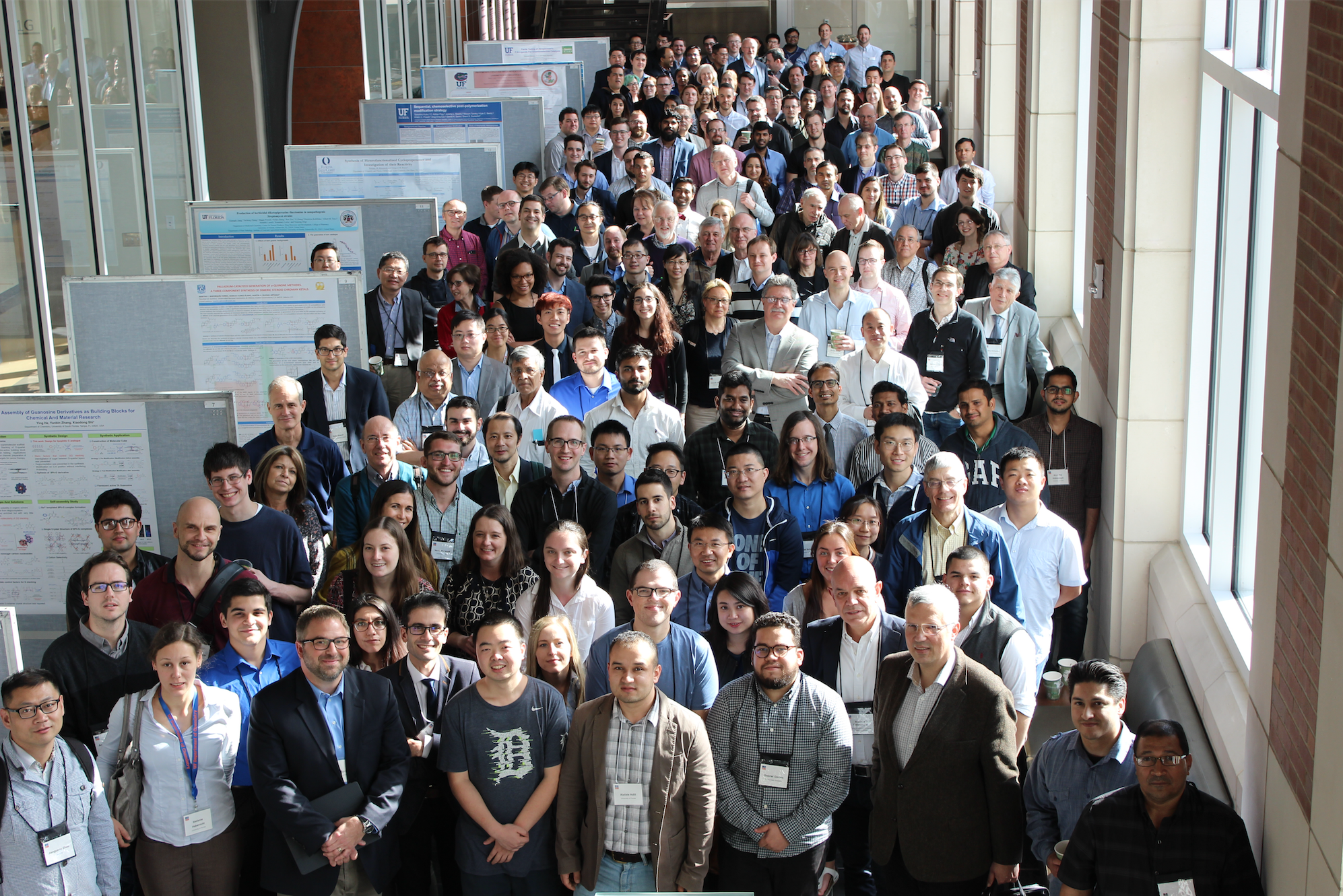Top
Research Faculty | Instructional Faculty | Joint Faculty | Scientists | Staff
Courtesy | Emeritus
Research Faculty
Rodney J. Bartlett
Graduate Research Professor University of FloridaChemistry – Quantum Theory ProjectWork Phone: 352-392-6974 Work Fax: 352-392-8722 Work Email: bartlett@qtp.ufl.edu Website: https://bartlett.chem.ufl.edu

Biographical Info
Rod Bartlett pioneered the development of coupled-cluster (CC) theory in quantum chemistry to offer highly accurate solutions of the Schroedinger equation for molecular structure and spectra, presenting the CCSD, CCSD[T], CCSDT, CCSDT[Qf], and CCSDTQ methods among many others. He extended the CC theory to excited, ionized, and electron attached states with his equation-of-motion EOM-CC methods. His group formulated analytical gradient theory for CC theory, making it possible to readily search potential energy surfaces and to provide vibrational spectra. His group introduced the STEOM-CC extensions for excited states.
His group is also responsible for the widely used ACES II and massively parallel ACES III program system. He is the author of more than 500 journal articles and book chapters. He is the co-author with Isaiah Shavitt of the definitive book on coupled-cluster theory, “Many-Body Methods in Chemistry and Physics: MBPT and Coupled-Cluster theory,” Cambridge Press, 2009.
Research topics include:
* The search for metastable, high-energy density molecules (HEDM) like N4 N8, and N5-, which he has long predicted to exist. (The pentazole anion, an aromatic five-membered ring, was recently observed for the first time in negative ion mass spectra and in solution by NMR, verifying his prediction).
* Non-linear optical properties of molecules, where his work resolved long-standing discrepancies between theory and electric-field induced second and third harmonic generation experiments. The new theory produced in this work introduced any-order time-dependent Hartree-Fock theory for frequency dependent properties and that for the initial time-dependent CC results.
* Carbon clusters, where his work on the rhombic form of C4, which he found to be competitive in stability with its linear triplet form, has been instrumental in the closed-shell vs. open-shell debate about small carbon clusters. Cyclic forms of C5 and C6 have been observed spectroscopically, while reports of rhombic C4 have been reported in Coulomb explosion experiments.
* NMR coupling constants. His EOM-CCSD work is the first to offer predictive results for NMR coupling constants whose average errors are~ 3Hz. With this tool, he provided fingerprints for the non-classical bridged H atom in ethylcarbenium and the bridged, pentacoordinate C atom in the 2-norbornyl cation which had resisted experimental determination. The latter results are also in exceptional agreement with the coupling constants that could be obtained experimentally by Olah, substantiating the accuracy of his predictions. For H bonds he provides formulae to relate the two-atom coupling constant to the distance between the atoms that are H-bonded which provides a new probe to assist biomolecular structure determination that is complementary to Xray determination where the H atoms cannot be observed.
His group continually introduces new correlated quantum chemical methods:
* New correlated methods for polymers, recently reporting the first CCSD results.
* Ab Initio density functional theory, an approach that unlike other current hybrid or gradient corrected DFT methods has to converge to the right answer in the limit like ab initio quantum chemistry. The most recent work derives the exact exchange-correlation potential of DFT from coupled-cluster theory, making a seamless connection between wave-function theory and density functional theory.
* The “transfer Hamiltonian” procedure to make it possible to do quantum mechanically based, “predictive” simulations for materials.
* The natural linear scaled NLSCC methods for very large molecules.
